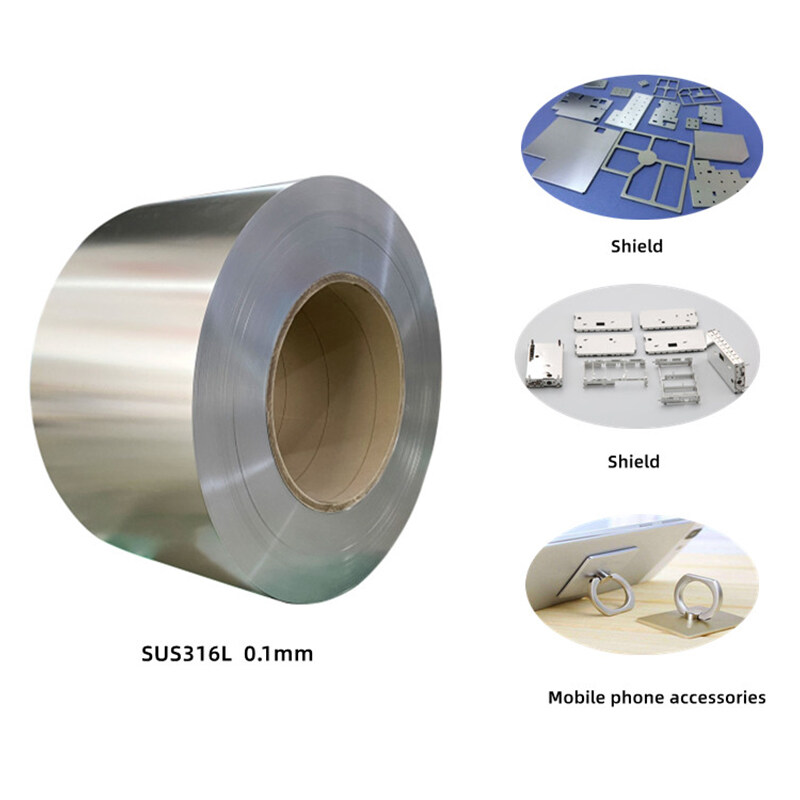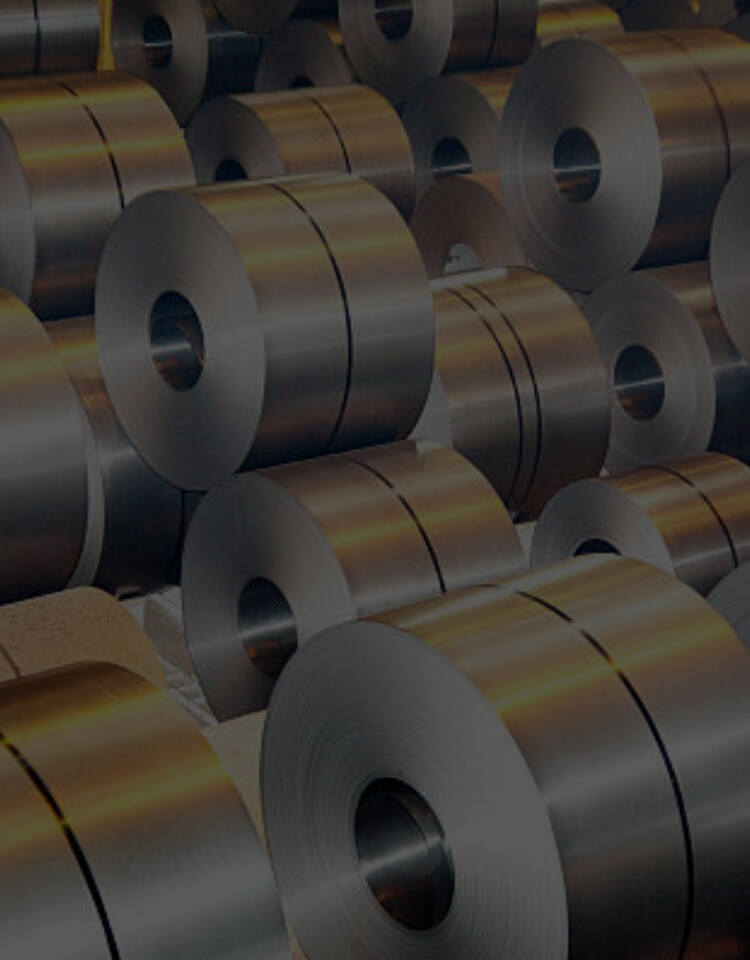Email format error
Email cannot be empty
Email already exists
6-20 characters(letters plus numbers only)
The password is inconsistent
Email format error
Email cannot be empty
Email does not exist
6-20 characters(letters plus numbers only)
The password is inconsistent

News

Cold Rolling 316 Stainless Steel: Choosing a Top Supplier
Introduction:
In the intricate realm of metal processing, the cold rolling process plays a vital role in shaping and enhancing the properties of stainless steel. As industries increasingly turn to advanced materials like 316 stainless steel for its corrosion resistance and superior mechanical characteristics, choosing a dependable 316 stainless steel cold-rolled supplier becomes crucial. This article delves into the nuances of cold rolling for 316 stainless steel, exploring benefits, challenges, and key considerations when selecting a supplier for these specialized products.
I. Cold Rolling of 316 Stainless Steel:
Before delving into the specifics of the cold rolling process for 316 stainless steel, let's understand the alloy itself. Renowned for resilience in corrosive environments and versatility across applications, 316 stainless steel is a cornerstone in industries from marine engineering to medical devices.
The cold rolling process transforms raw 316 stainless steel into a material with enhanced mechanical properties and impeccable surface finishes. Initial steps involve preparing raw materials and meeting stringent quality standards required for cold rolling. Subsequently, the rolling mill configuration optimizes cold rolling techniques, contributing to overall quality and precision.
II. Advantages of Cold-Rolled 316 Stainless Steel:
Opting for cold-rolled 316 stainless steel extends beyond enhancing mechanical properties. The process yields a superior surface finish, ideal for applications where aesthetics are crucial. Tight dimensional tolerances achieved through cold rolling ensure unmatched precision. From a corrosion resistance standpoint, cold-rolled 316 stainless steel exhibits improved resilience, making it a preferred choice in environments prone to harsh chemical exposures.

III. Selecting a 316 Stainless Steel Cold Rolled Supplier:
Choosing a reliable cold-rolling-processed 316 stainless steel supplier resonates across industries. Supplier reputation, quality assurance, production capacity, and customization capabilities are key considerations. Thorough research, sample requests, and customer reviews are imperative as demand rises for these specialized materials.
Successful case studies provide valuable insights, showcasing a supplier's commitment to delivering excellence through real-world applications.
IV. Challenges and Solutions in Cold Rolling of 316 Stainless Steel:
While the cold rolling process imparts numerous benefits, challenges like material brittleness, surface defects, and dimensional inconsistencies exist. Innovative solutions, including advanced rolling technologies and stringent quality control strategies, continuously evolve to overcome these challenges, ensuring a consistent, high-quality end product.
V. Future Trends in Cold Rolling of 316 Stainless Steel:
The future of cold rolling for 316 stainless steel holds exciting prospects. Emerging technologies and innovations promise to refine the cold rolling process for efficiency and sustainability. Integrating sustainable practices, coupled with market trends and forecasts, paints a dynamic picture for cold-rolled 316 stainless steel products.
Conclusion:
The cold rolling process of 316 stainless steel reflects the evolution of material science and manufacturing processes. Choosing a reliable supplier for cold-rolled 316 stainless steel is an investment in quality, precision, and long-term success across diverse industries. Navigating the metal processing landscape, the synergy between the cold rolling process and supplier reliability sets the stage for a future where excellence is an expectation.

